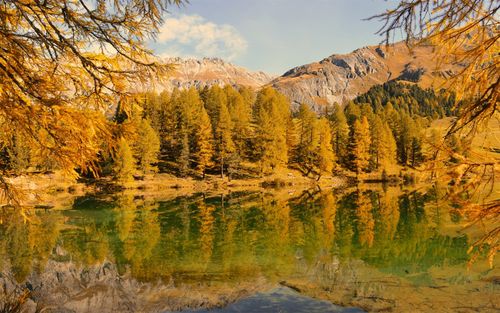Understanding Holozoic Nutrition: The Process of Digestion and Absorption
Introduction
Holozoic nutrition is the process of consuming complex food items and breaking them down to obtain nutrients and energy needed for growth and maintenance of an organism. This type of nutrition is common among animals, including humans, and involves a complex set of processes that leads to the release and absorption of nutrients. In this article, we’ll explore the process of digestion and absorption in detail, providing you with a comprehensive understanding of holozoic nutrition.
Body
Digestion
Digestion is the process by which food is broken down into smaller, simpler components that can be absorbed by the body. Digestion takes place in several stages, each with its own set of enzymes and digestive juices. The first stage of digestion is mechanical, where the food is physically broken down into smaller pieces in the mouth through mastication or chewing. The process of mastication is accompanied by the secretion of saliva, which contains digestive enzymes that start breaking down carbohydrates.
After leaving the mouth, the food enters the stomach, where it is mixed with digestive juices, including hydrochloric acid, that help break down proteins. The churning action of the stomach muscles helps mix the food with digestive juices and turn it into a semi-liquid substance called chyme.
Once the food is partially digested in the stomach, it moves on to the small intestine, where it is further broken down into smaller components through the action of various digestive enzymes. The small intestine is where most of the absorption of nutrients takes place, making it the most crucial part of the digestive process.
Absorption
The absorption of nutrients takes place in the small intestine, which is lined with tiny finger-like projections called villi. The villi increase the surface area of the small intestine, allowing for more efficient absorption of nutrients. Each villus contains a network of capillaries and lymphatic vessels that help transport the absorbed nutrients to the rest of the body.
Once the food has been broken down into its component nutrients, these nutrients are absorbed into the bloodstream through the walls of the small intestine. Various transport mechanisms facilitate this process, including diffusion, facilitated diffusion, and active transport.
Carbohydrates are absorbed into the bloodstream as glucose, while proteins are broken down into amino acids and absorbed individually. Fats are absorbed by being broken down into fatty acids and glycerol and then forming into small globules called chylomicrons, which are transported to the liver through lymphatic vessels.
Conclusion
In conclusion, the process of holozoic nutrition involves the intake, digestion, and absorption of complex food items. The process of digestion involves mechanical and chemical processes that break down the food into smaller, simpler components. The absorption of nutrients takes place in the small intestine, where villi increase the surface area for more efficient absorption. Proper understanding of the process of holozoic nutrition is essential for maintaining a healthy and well-balanced diet.
(Note: Do you have knowledge or insights to share? Unlock new opportunities and expand your reach by joining our authors team. Click Registration to join us and share your expertise with our readers.)
Speech tips:
Please note that any statements involving politics will not be approved.
